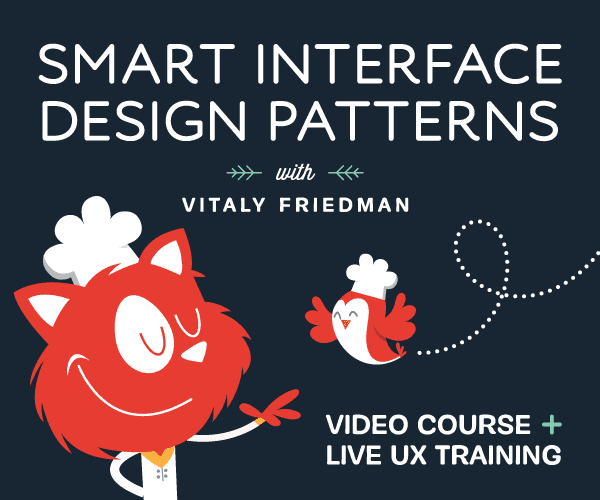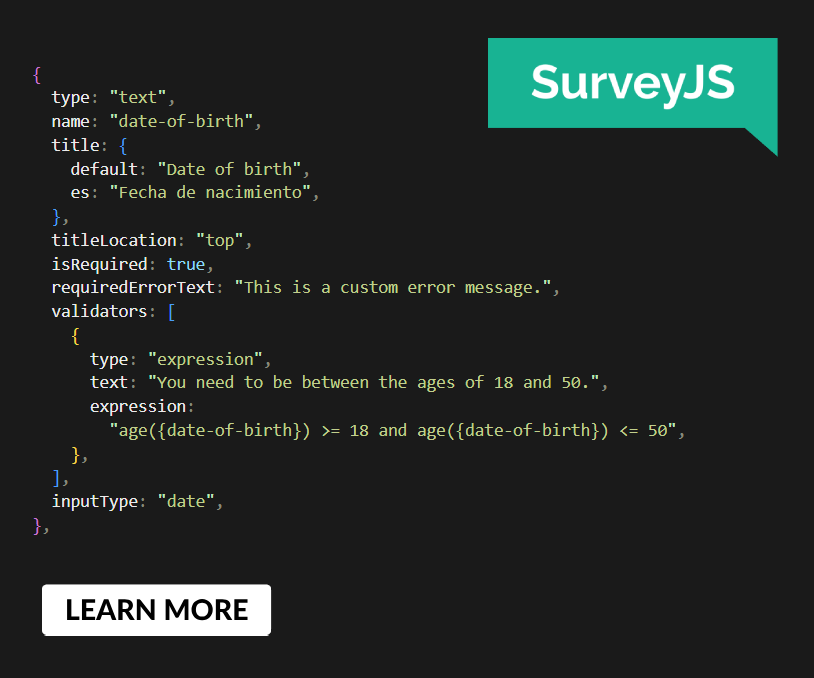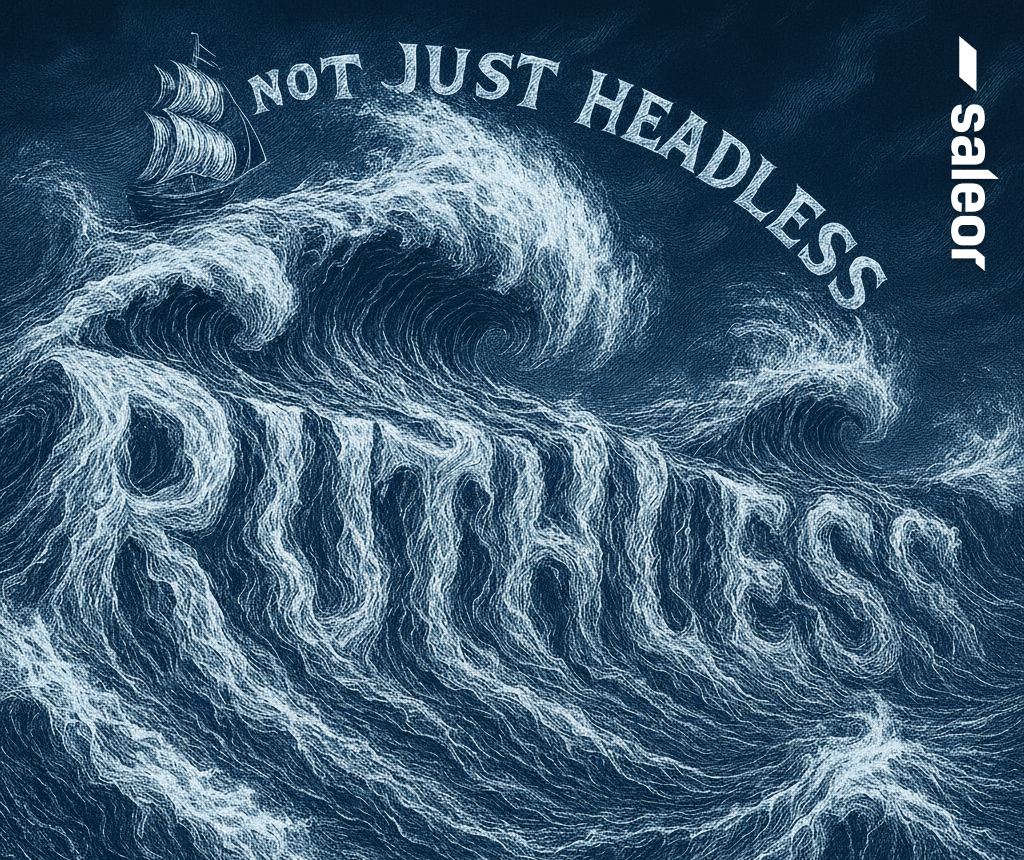Smashing Animations Part 6: Magnificent SVGs With <use> And CSS Custom Properties
I explained recently how I use <symbol>, <use>, and CSS Media Queries to develop what I call adaptive SVGs. Symbols let us define an element once and then use it again and again, making SVG animations easier to maintain, more efficient, and lightweight.
Since I wrote that explanation, I’ve designed and implemented new Magnificent 7 animated graphics across my website. They play on the web design pioneer theme, featuring seven magnificent Old West characters.

<symbol> and <use> let me define a character design and reuse it across multiple SVGs and pages. First, I created my characters and put each into a <symbol> inside a hidden library SVG:
<!-- Symbols library -->
<svg xmlns="http://www.w3.org/2000/svg" style="display:none;">
<symbol id="outlaw-1">[...]</symbol>
<symbol id="outlaw-2">[...]</symbol>
<symbol id="outlaw-3">[...]</symbol>
<!-- etc. -->
</svg>
Then, I referenced those symbols in two other SVGs, one for large and the other for small screens:
<!-- Large screens -->
<svg xmlns="http://www.w3.org/2000/svg" id="svg-large">
<use href="outlaw-1" />
<!-- ... -->
</svg>
<!-- Small screens -->
<svg xmlns="http://www.w3.org/2000/svg" id="svg-small">
<use href="outlaw-1" />
<!-- ... -->
</svg>
Elegant. But then came the infuriating. I could reuse the characters, but couldn’t animate or style them. I added CSS rules targeting elements within the symbols referenced by a <use>, but nothing happened. Colours stayed the same, and things that should move stayed static. It felt like I’d run into an invisible barrier, and I had.
Understanding The Shadow DOM Barrier
When you reference the contents of a symbol with use, a browser creates a copy of it in the Shadow DOM. Each <use> instance becomes its own encapsulated copy of the referenced <symbol>, meaning that CSS from outside can’t break through the barrier to style any elements directly. For example, in normal circumstances, this tapping value triggers a CSS animation:
<g class="outlaw-1-foot tapping">
<!-- ... -->
</g>
.tapping {
animation: tapping 1s ease-in-out infinite;
}
But when the same animation is applied to a <use> instance of that same foot, nothing happens:
<symbol id="outlaw-1">
<g class="outlaw-1-foot"><!-- ... --></g>
</symbol>
<use href="#outlaw-1" class="tapping" />
.tapping {
animation: tapping 1s ease-in-out infinite;
}
That’s because the <g> inside the <symbol> element is in a protected shadow tree, and the CSS Cascade stops dead at the <use> boundary. This behaviour can be frustrating, but it’s intentional as it ensures that reused symbol content stays consistent and predictable.
While learning how to develop adaptive SVGs, I found all kinds of attempts to work around this behaviour, but most of them sacrificed the reusability that makes SVG so elegant. I didn’t want to duplicate my characters just to make them blink at different times. I wanted a single <symbol> with instances that have their own timings and expressions.

CSS Custom Properties To The Rescue
While working on my pioneer animations, I learned that regular CSS values can’t cross the boundary into the Shadow DOM, but CSS Custom Properties can. And even though you can’t directly style elements inside a <symbol>, you can pass custom property values to them. So, when you insert custom properties into an inline style, a browser looks at the cascade, and those styles become available to elements inside the <symbol> being referenced.
I added rotate to an inline style applied to the <symbol> content:
<symbol id="outlaw-1">
<g class="outlaw-1-foot" style="
transform-origin: bottom right;
transform-box: fill-box;
transform: rotate(var(--foot-rotate));">
<!-- ... -->
</g>
</symbol>
Then, defined the foot tapping animation and applied it to the element:
@keyframes tapping {
0%, 60%, 100% { --foot-rotate: 0deg; }
20% { --foot-rotate: -5deg; }
40% { --foot-rotate: 2deg; }
}
use[data-outlaw="1"] {
--foot-rotate: 0deg;
animation: tapping 1s ease-in-out infinite;
}
Passing Multiple Values To A Symbol
Once I’ve set up a symbol to use CSS Custom Properties, I can pass as many values as I want to any <use> instance. For example, I might define variables for fill, opacity, or transform. What’s elegant is that each <symbol> instance can then have its own set of values.
<g class="eyelids" style="
fill: var(--eyelids-colour, #f7bea1);
opacity: var(--eyelids-opacity, 1);
transform: var(--eyelids-scale, 0);"
>
<!-- etc. -->
</g>
use[data-outlaw="1"] {
--eyelids-colour: #f7bea1;
--eyelids-opacity: 1;
}
use[data-outlaw="2"] {
--eyelids-colour: #ba7e5e;
--eyelids-opacity: 0;
}
Support for passing CSS Custom Properties like this is solid, and every contemporary browser handles this behaviour correctly. Let me show you a few ways I’ve been using this technique, starting with a multi-coloured icon system.
A Multi-Coloured Icon System
When I need to maintain a set of icons, I can define an icon once inside a <symbol> and then use custom properties to apply colours and effects. Instead of needing to duplicate SVGs for every theme, each use can carry its own values.

For example, I applied an --icon-fill custom property for the default fill colour of the <path> in this Bluesky icon :
<symbol id="icon-bluesky">
<path fill="var(--icon-fill, currentColor)" d="..." />
</symbol>
Then, whenever I need to vary how that icon looks — for example, in a <header> and <footer> — I can pass new fill colour values to each instance:
<header>
<svg xmlns="http://www.w3.org/2000/svg">
<use href="#icon-bluesky" style="--icon-fill: #2d373b;" />
</svg>
</header>
<footer>
<svg xmlns="http://www.w3.org/2000/svg">
<use href="#icon-bluesky" style="--icon-fill: #590d1a;" />
</svg>
</footer>
These icons are the same shape but look different thanks to their inline styles.
Data Visualisations With CSS Custom Properties
We can use <symbol> and <use> in plenty more practical ways. They’re also helpful for creating lightweight data visualisations, so imagine an infographic about three famous Wild West sheriffs: Wyatt Earp, Pat Garrett, and Bat Masterson.

Each sheriff’s profile uses the same set of SVG three symbols: one for a bar representing the length of a sheriff’s career, another to represent the number of arrests made, and one more for the number of kills. Passing custom property values to each <use> instance can vary the bar lengths, arrests scale, and kills colour without duplicating SVGs. I first created symbols for those items:
<svg xmlns="http://www.w3.org/2000/svg" style="display:none;">
<symbol id="career-bar">
<rect
height="10"
width="var(--career-length, 100)"
fill="var(--career-colour, #f7bea1)"
/>
</symbol>
<symbol id="arrests-badge">
<path
fill="var(--arrest-color, #d0985f)"
transform="scale(var(--arrest-scale, 1))"
/>
</symbol>
<symbol id="kills-icon">
<path fill="var(--kill-colour, #769099)" />
</symbol>
</svg>
Each symbol accepts one or more values:
--career-lengthadjusts thewidthof the career bar.--career-colourchanges thefillcolour of that bar.--arrest-scalecontrols the arrest badge size.--kill-colourdefines thefillcolour of the kill icon.
I can use these to develop a profile of each sheriff using <use> elements with different inline styles, starting with Wyatt Earp.
<svg xmlns="http://www.w3.org/2000/svg">
<g id="wyatt-earp">
<use href="#career-bar" style="--career-length: 400; --career-color: #769099;"/>
<use href="#arrests-badge" style="--arrest-scale: 2;" />
<!-- ... -->
<use href="#arrests-badge" style="--arrest-scale: 2;" />
<use href="#arrests-badge" style="--arrest-scale: 1;" />
<use href="#kills-icon" style="--kill-color: #769099;" />
</g>
<g id="pat-garrett">
<use href="#career-bar" style="--career-length: 300; --career-color: #f7bea1;"/>
<use href="#arrests-badge" style="--arrest-scale: 2;" />
<!-- ... -->
<use href="#arrests-badge" style="--arrest-scale: 2;" />
<use href="#arrests-badge" style="--arrest-scale: 1;" />
<use href="#kills-icon" style="--kill-color: #f7bea1;" />
</g>
<g id="bat-masterson">
<use href="#career-bar" style="--career-length: 200; --career-color: #c2d1d6;"/>
<use href="#arrests-badge" style="--arrest-scale: 2;" />
<!-- ... -->
<use href="#arrests-badge" style="--arrest-scale: 2;" />
<use href="#arrests-badge" style="--arrest-scale: 1;" />
<use href="#kills-icon" style="--kill-color: #c2d1d6;" />
</g>
</svg>
Each <use> shares the same symbol elements, but the inline variables change their colours and sizes. I can even animate those values to highlight their differences:
@keyframes pulse {
0%, 100% { --arrest-scale: 1; }
50% { --arrest-scale: 1.2; }
}
use[href="#arrests-badge"]:hover {
animation: pulse 1s ease-in-out infinite;
}
“
Ambient Animations
I started learning to animate elements within symbols while creating the animated graphics for my website’s Magnificent 7. To reduce complexity and make my code lighter and more maintainable, I needed to define each character once and reuse it across SVGs:
<!-- Symbols library -->
<svg xmlns="http://www.w3.org/2000/svg" style="display:none;">
<symbol id="outlaw-1">[…]</symbol>
<!-- ... -->
</svg>
<!-- Large screens -->
<svg xmlns="http://www.w3.org/2000/svg" id="svg-large">
<use href="outlaw-1" />
<!-- ... -->
</svg>
<!-- Small screens -->
<svg xmlns="http://www.w3.org/2000/svg" id="svg-small">
<use href="outlaw-1" />
<!-- ... -->
</svg>

But I didn’t want those characters to stay static; I needed subtle movements that would bring them to life. I wanted their eyes to blink, their feet to tap, and their moustache whiskers to twitch. So, to animate these details, I pass animation data to elements inside those symbols using CSS Custom Properties, starting with the blinking.
I implemented the blinking effect by placing an SVG group over the outlaws’ eyes and then changing its opacity.

To make this possible, I added an inline style with a CSS Custom Property to the group:
<symbol id="outlaw-1" viewBox="0 0 712 2552">
<g class="eyelids" style="opacity: var(--eyelids-opacity, 1);">
<!-- ... -->
</g>
</symbol>
Then, I defined the blinking animation by changing --eyelids-opacity:
@keyframes blink {
0%, 92% { --eyelids-opacity: 0; }
93%, 94% { --eyelids-opacity: 1; }
95%, 97% { --eyelids-opacity: 0.1; }
98%, 100% { --eyelids-opacity: 0; }
}
…and applied it to every character:
use[data-outlaw] {
--blink-duration: 4s;
--eyelids-opacity: 1;
animation: blink var(--blink-duration) infinite var(--blink-delay);
}
…so that each character wouldn’t blink at the same time, I set a different --blink-delay before they all start blinking, by passing another Custom Property:
use[data-outlaw="1"] { --blink-delay: 1s; }
use[data-outlaw="2"] { --blink-delay: 2s; }
use[data-outlaw="7"] { --blink-delay: 3s; }

Some of the characters tap their feet, so I added an inline style with a CSS Custom Property to those groups, too:
<symbol id="outlaw-1" viewBox="0 0 712 2552">
<g class="outlaw-1-foot" style="
transform-origin: bottom right;
transform-box: fill-box;
transform: rotate(var(--foot-rotate));">
</g>
</symbol>
Defining the foot-tapping animation:
@keyframes tapping {
0%, 60%, 100% { --foot-rotate: 0deg; }
20% { --foot-rotate: -5deg; }
40% { --foot-rotate: 2deg; }
}
And adding those extra Custom Properties to the characters’ declaration:
use[data-outlaw] {
--blink-duration: 4s;
--eyelids-opacity: 1;
--foot-rotate: 0deg;
animation:
blink var(--blink-duration) infinite var(--blink-delay),
tapping 1s ease-in-out infinite;
}

…before finally making the character’s whiskers jiggle via an inline style with a CSS Custom Property which describes how his moustache transforms:
<symbol id="outlaw-1" viewBox="0 0 712 2552">
<g class="outlaw-1-tashe" style="
transform: translateX(var(--jiggle-x, 0px));"
>
<!-- ... -->
</g>
</symbol>
Defining the jiggle animation:
@keyframes jiggle {
0%, 100% { --jiggle-x: 0px; }
20% { --jiggle-x: -3px; }
40% { --jiggle-x: 2px; }
60% { --jiggle-x: -1px; }
80% { --jiggle-x: 4px; }
}
And adding those properties to the characters’ declaration:
use[data-outlaw] {
--blink-duration: 4s;
--eyelids-opacity: 1;
--foot-rotate: 0deg;
--jiggle-x: 0px;
animation:
blink var(--blink-duration) infinite var(--blink-delay),
jiggle 1s ease-in-out infinite,
tapping 1s ease-in-out infinite;
}
With these moving parts, the characters come to life, but my markup remains remarkably lean. By combining several animations into a single declaration, I can choreograph their movements without adding more elements to my SVG. Every outlaw shares the same base <symbol>, and their individuality comes entirely from CSS Custom Properties.
Pitfalls And Solutions
Even though this technique might seem bulletproof, there are a few traps it’s best to avoid:
- CSS Custom Properties only work if they’re referenced with a
var()inside a<symbol>. Forget that, and you’ll wonder why nothing updates. Also, properties that aren’t naturally inherited, likefillortransform, need to usevar()in their value to benefit from the cascade. - It’s always best to include a fallback value alongside a custom property, like
opacity: var(--eyelids-opacity, 1);to ensure SVG elements render correctly even without custom property values applied. - Inline styles set via the
styleattribute take precedence, so if you mix inline and external CSS, remember that Custom Properties follow normal cascade rules. - You can always use DevTools to inspect custom property values. Select a
<use>instance and check the Computed Styles panel to see which custom properties are active.
Conclusion
The <symbol> and <use> elements are among the most elegant but sometimes frustrating aspects of SVG. The Shadow DOM barrier makes animating them trickier, but CSS Custom Properties act as a bridge. They let you pass colour, motion, and personality across that invisible boundary, resulting in cleaner, lighter, and, best of all, fun animations.






 SurveyJS: White-Label Survey Solution for Your JS App
SurveyJS: White-Label Survey Solution for Your JS App Agent Ready is the new Headless
Agent Ready is the new Headless

